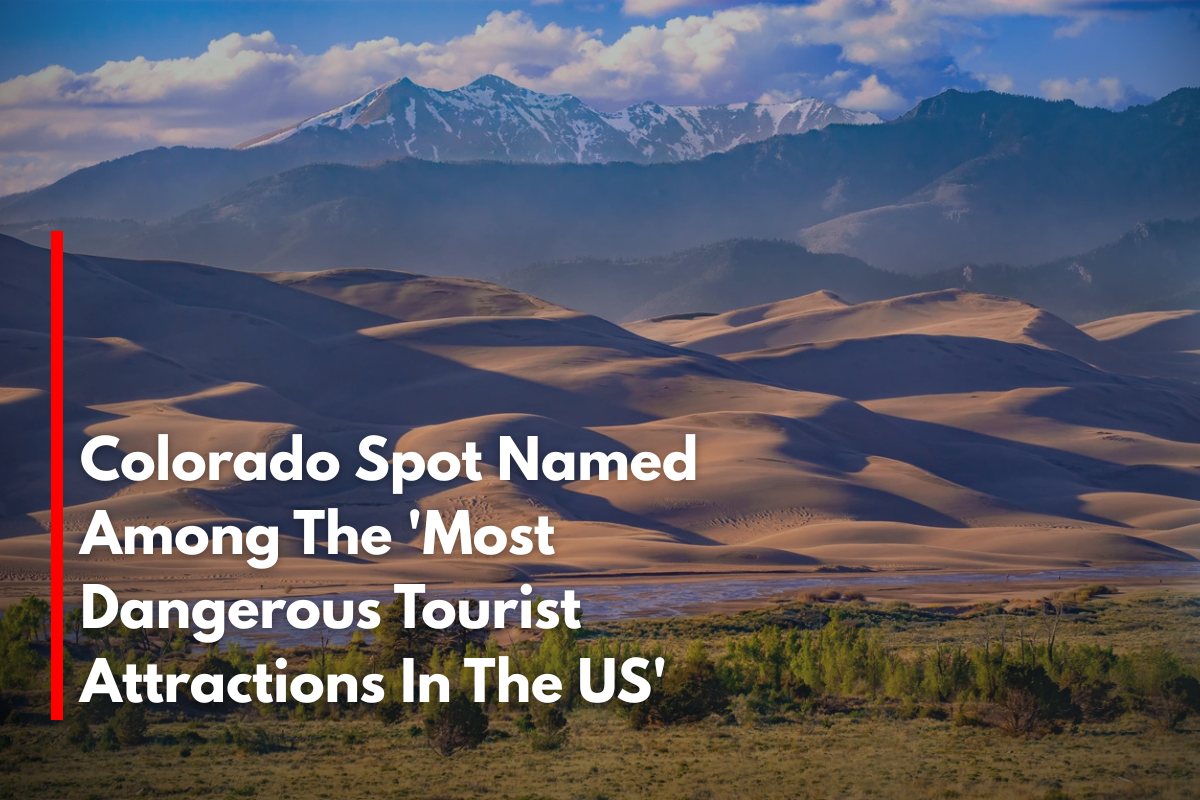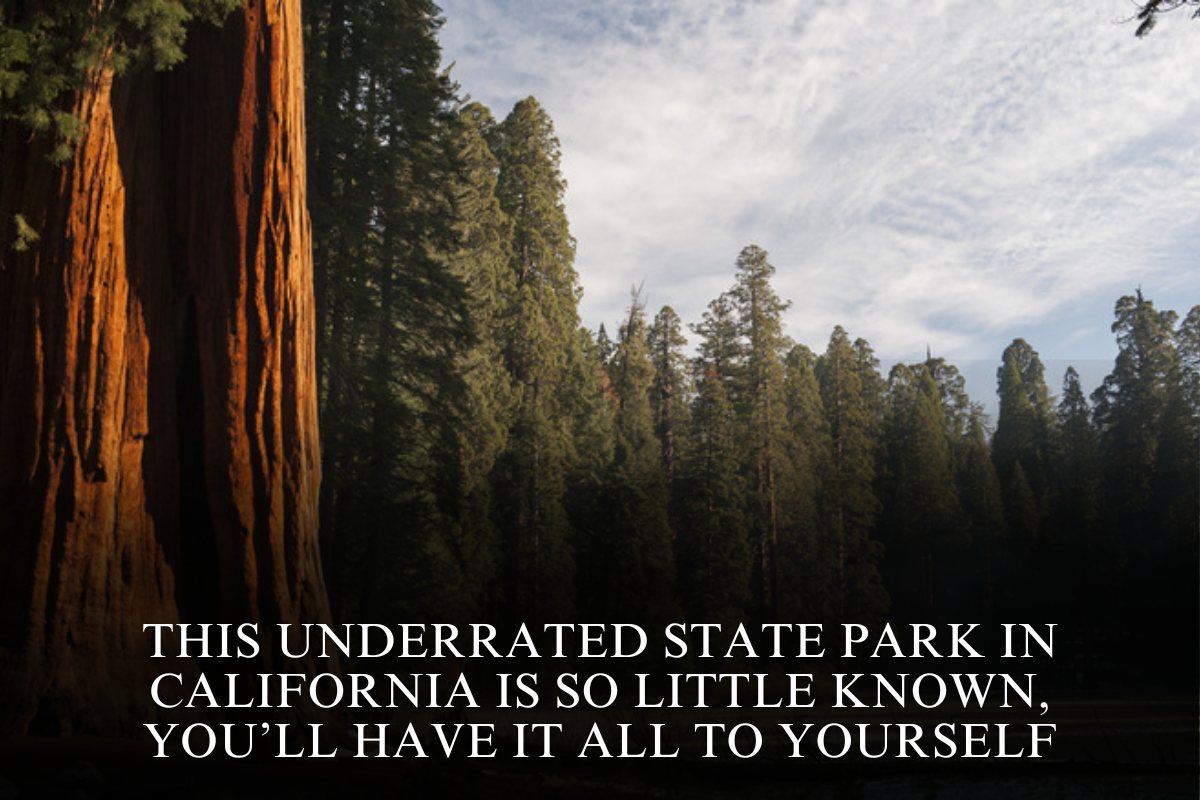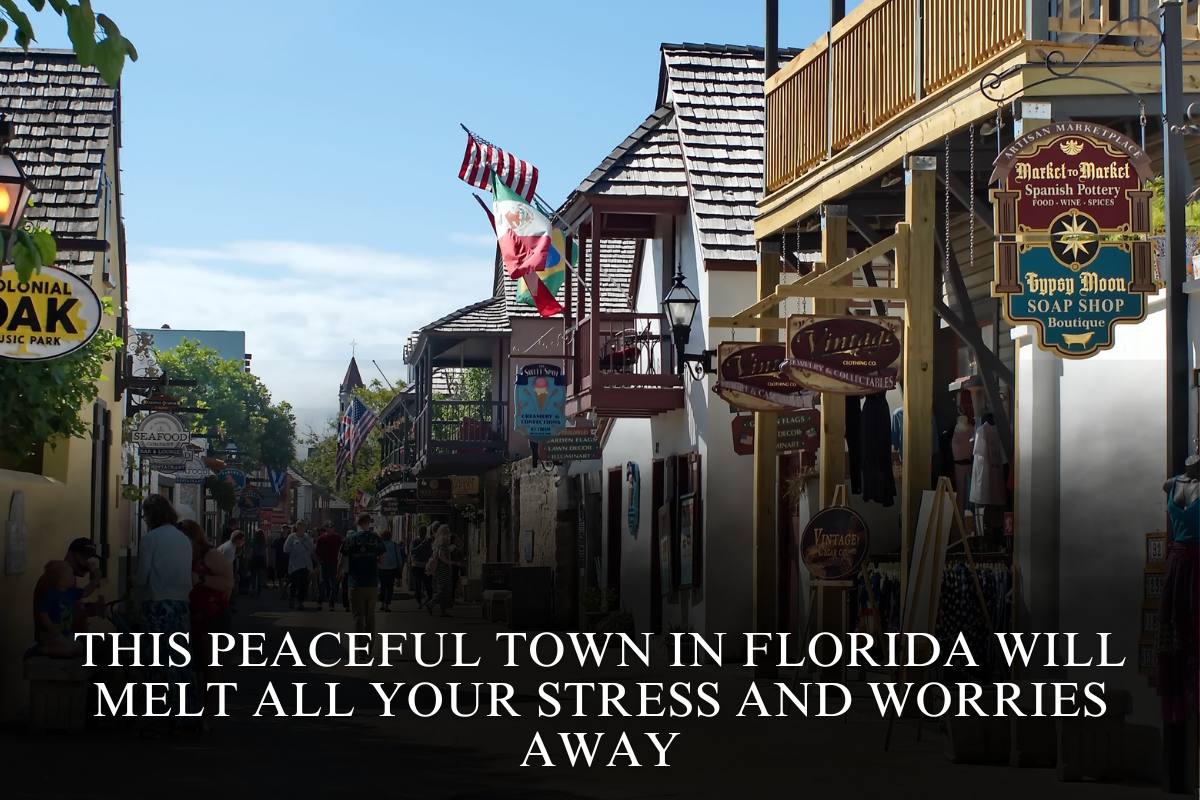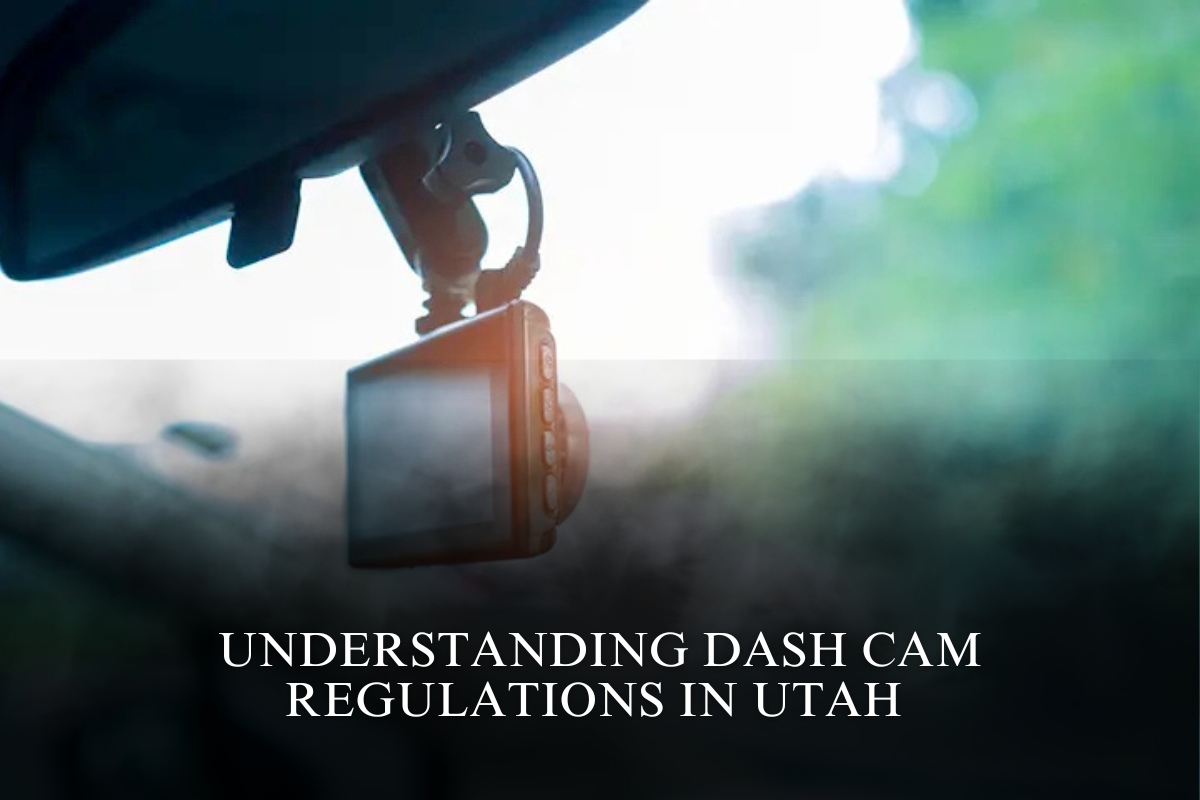Set against the dramatic backdrop of the Sangre de Cristo Mountains, Great Sand Dunes National Park in Colorado captures the imagination with its vast, shifting dunes—some rising over 750 feet tall. Yet this stunning natural wonder is more than just a photographer’s dream; it is frequently named among the most dangerous tourist attractions in the United States due to its extreme weather conditions, hidden hazards, and challenging landscapes.
The Allure and Peril of the Dunes
Towering Wonders
Great Sand Dunes National Park attracts thousands every year with its surreal landscape. The shimmering sand, bordered by mountain vistas and cottonwood-lined creeks, offers:
Massive dunes for hiking and sandboarding
Scenic Medano Creek for family play in spring and summer
Star-studded night skies protected as a dark-sky preserve
However, behind this beauty lurks a unique set of dangers that have led to serious injuries—and occasional fatalities—among unprepared visitors.
Extreme Heat: A Real Risk
The most significant hazard at the Dunes is the relentless heat. During summer, sand surface temperatures regularly exceed 150°F (65°C). This can cause:
Burns to hands, feet, and exposed skin—flip-flops or barefoot walks are especially risky
Rapid dehydration and heatstroke, particularly for children and older adults
Melting of rubber-soled shoes, leaving hikers stranded
Visitors are strongly advised to plan their hikes during early morning or late afternoon and to carry plenty of water, as even short treks can become challenging in peak heat.
Hidden Dangers and Accidents
Quicksand and Unpredictable Terrain
Beneath the seemingly stable dune surfaces, “quicksand” patches occasionally form, especially after heavy rain or when Medano Creek is in high flow. Unsuspecting visitors, especially children, have been trapped in these areas, sometimes requiring urgent rescue.
Shifting sand can cause sudden drops or slips
Overexertion while climbing steep dunes can lead to falls and injuries
Windblown sand can temporarily blind or disorient hikers
Rapid Weather Changes
Colorado’s weather is notoriously unpredictable. Afternoon thunderstorms can roll in quickly, bringing:
Dangerous lightning—especially hazardous on exposed sand ridges
High winds that whip up stinging sand
Rapid drops in temperature, leading to hypothermia in underdressed visitors
Lessons From Tragedy
While the park offers breathtaking beauty, several incidents serve as a sobering reminder of its risks:
How to Stay Safe
To enjoy the Dunes safely, visitors should follow expert advice:
Visit during cooler times of day
Wear closed-toe shoes and sun protection
Drink water frequently—even before feeling thirsty
Monitor weather forecasts and exit if thunderstorms approach
Great Sand Dunes National Park stands as Colorado’s most dangerous tourist attraction not for crime or wildlife, but for the extreme and deceptively hazardous beauty of its landscape. Preparedness, caution, and respect for the park’s unique environment are essential for a safe—and unforgettable—adventure in one of America’s most extraordinary natural wonders.
Sources
[1] https://timesofindia.indiatimes.com/travel/destinations/these-are-americas-most-dangerous-tourist-attractions/photostory/103839704.cms
[2] https://kbco.iheart.com/content/2023-05-18-colorado-is-home-to-some-of-the-worlds-most-dangerous-tourist-attractions/
[3] https://guardian.ng/news/top-10-most-dangerous-destinations-in-u-s-for-tourists/
[4] https://www.longmontleader.com/colorado/living/top-10-most-dangerous-cities-in-colorado-10179253







